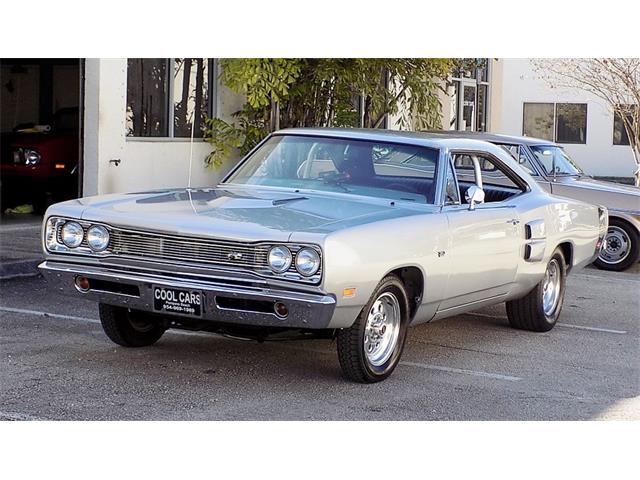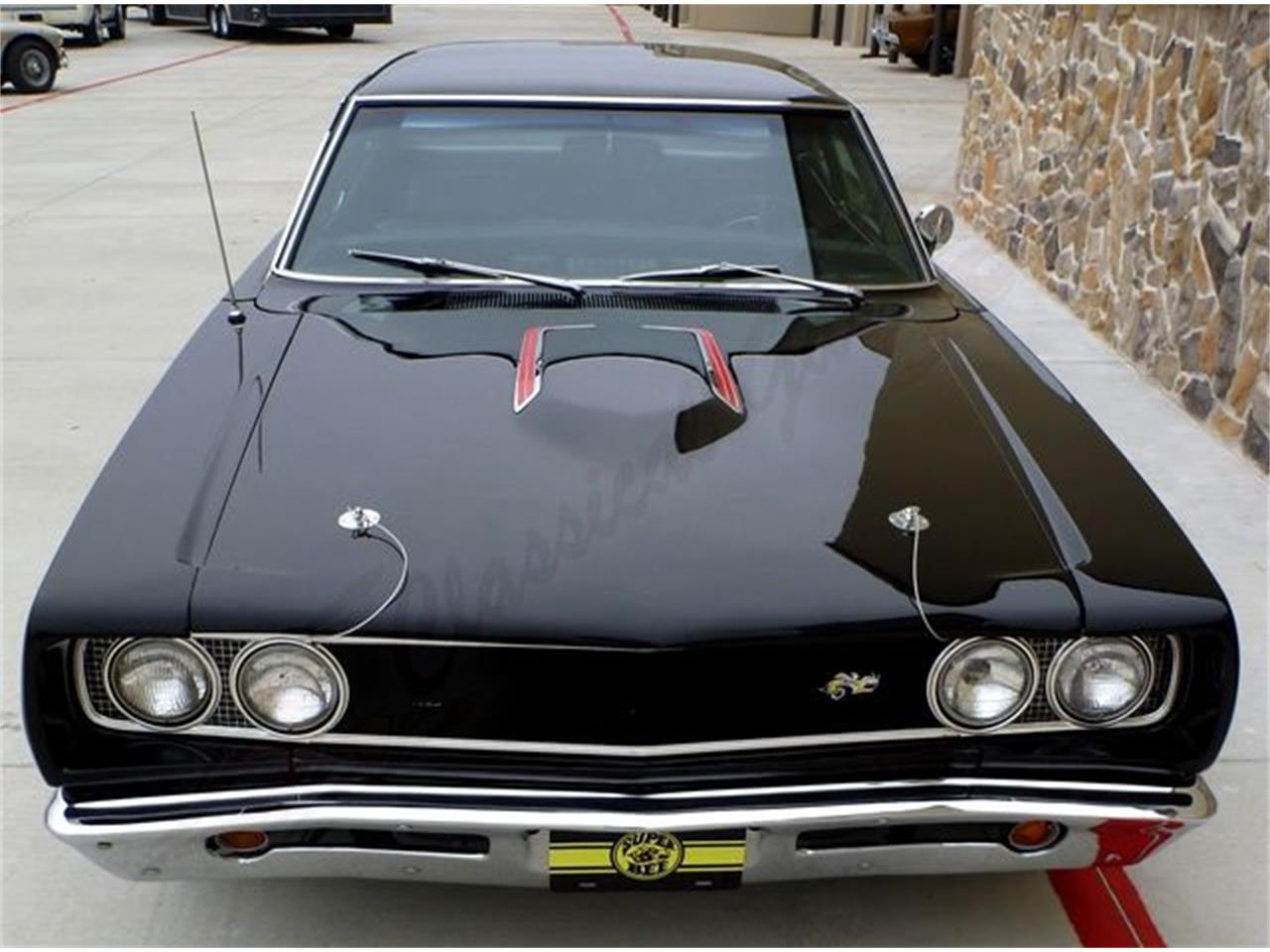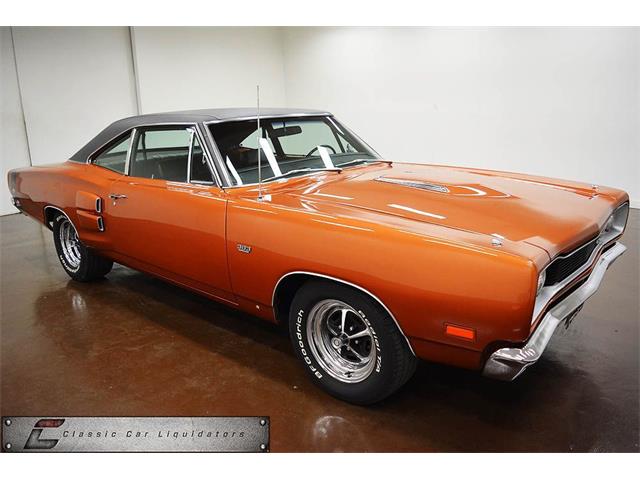

The hood was painted with organisol and had either the decals proclaiming for the Dodge “Six Pack” or for the Plymouth, “6BBL”. The drains had short sections of heater hose attached the the drain so the water would drip without getting the engine wet. The scoop had no way to open or close and therefore had to have a bath tub-style breather base with drains for water that may come in handy during operation in the rain.

Above right: The non-fresh air hoods had ribbed, solid plates mounted in the inserts. These screens were painted red with or without hood stripes. Above center: The inserts had Ralleye Red painted screens that allowed the air to flow into the Air Grabber box. These hood stripes were a one year only style and were painted on with organisol. The slots in the hood shown here in 1968 opened towards the side of the hood and were solid. Depending on the particular model, year, number of carburetors, and engine size, you could have a variety of air breather styles.Ībove left: The hoods for the 19 Road Runners are the same basic structure. There are many different combinations of these breathers, filters, and their lids. Now that the hoods were modified with the fresh air induction boxes, the breathers had to also be modified to accept the additional fresh air and funnel it into the carburetor and intake. The advantage of these fresh air induction systems was instead of the engine drawing in hot air from the engine compartment, it could now get cooler, fresh air fed directly into the engine via a somewhat sealed outside source. This one clearly lets everyone know about the big block 440 that resides under this hood. They have a chrome front bezel and the engine callouts mounted on the side. Bottom right: The Dodge Ramcharger hood came with two hood scoops. You can either repair this with fiberglass and paint or replace this side with a reproduction runner. Bottom left: The drain rubber flaps with their unique attaching clips are clearly seen in this up-close picture. The original material that the box is made of is brittle and can break easily.

Be sure and spray these with penetrating oil and let soak before trying to remove them. Though they need replacing they are valuable in making sure that your replacement seal and hardware is correct. Top right: Here you can see the rubber seal and the attaching hardware. Reproduction units, though good, are still not as correct as an original unit that has been restored. It is complete and can be restored to be better than new. Someone has spray painted over the decal but it can still be seen in its original position. Top left: Here is an original Ramcharger unit on a 1969 Dodge Coronet R/T. The lever that the actuator cable attaches to can be seen in the back of the driver’s side runner. You can see that the flaps are closed by looking at the holes in the left and right outer runners. This box is being test-fitted and does not have the rubber seal to the breather attached yet. Interestingly, the Charger line never received the fresh air option until 1971 when Dodge combined the Super Bee and Charger models together.Ībove: This is a 1969 Plymouth Air Grabber under-hood box. Not to be out done, the Dodge line introduced the same system for the Super Bee and the R/T models, in the same exact color, but labeled it the “Ramcharger”. When Plymouth introduced the Road Runner and (redesigned) GTX models, a cable-operated fresh air induction system – aptly called the “Air Grabber” – was unveiled. They had an aggressive look, yet despite being highlighted with chrome and contrasting stripes they were still, just there for looks. The fresh air induction system on the Dodge and Plymouth B-bodies was just well… brilliant! Hood scoops, scallops, and louvers were all used on B-bodies from 1966 through 1968.


 0 kommentar(er)
0 kommentar(er)
